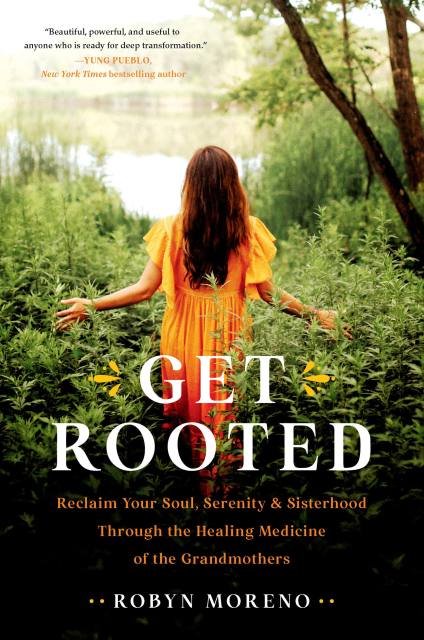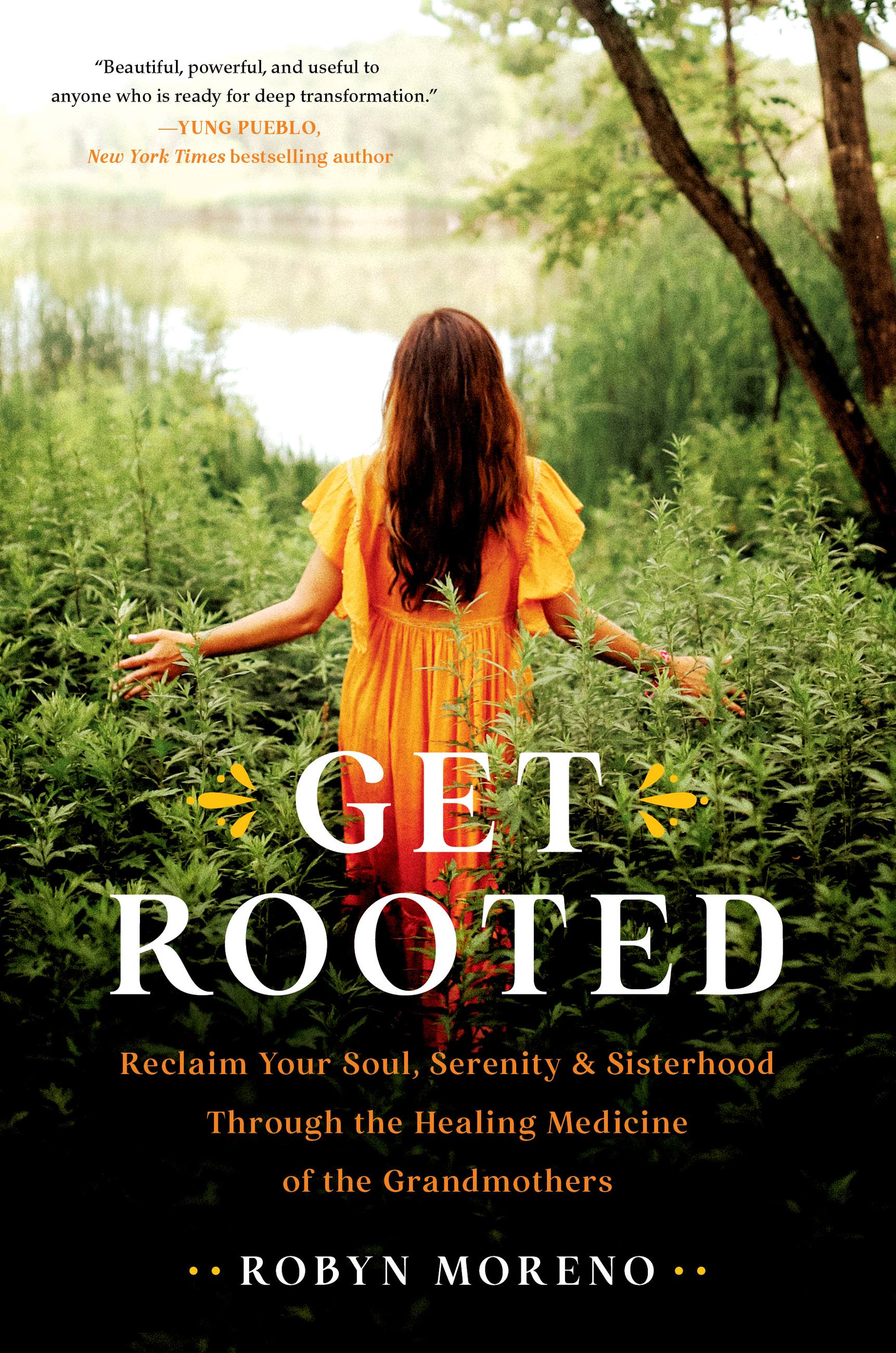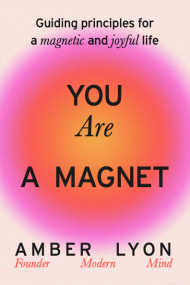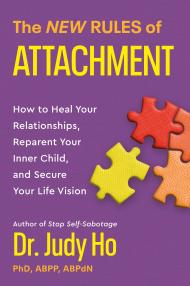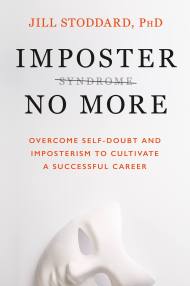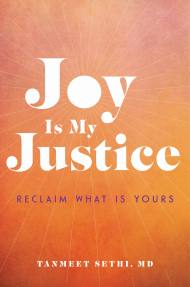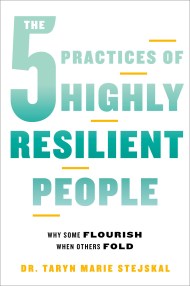Get Rooted
Reclaim Your Soul, Serenity, and Sisterhood Through the Healing Medicine of the Grandmothers
Contributors
By Robyn Moreno
Formats and Prices
Price
$29.00Price
$37.00 CADFormat
Format:
- Hardcover $29.00 $37.00 CAD
- ebook $14.99 $19.99 CAD
- Audiobook Download (Unabridged) $24.99
This item is a preorder. Your payment method will be charged immediately, and the product is expected to ship on or around June 6, 2023. This date is subject to change due to shipping delays beyond our control.
Also available from:
The alchemy for real personal transformation lies in digging up your own medicine and tools. Your ancestors, with all their struggles, strength, and resilience, are your greatest guides.
Anyone scrolling through Robyn Moreno’s social media and seeing her with her adorable kids and taking the stage at empowerment conferences would have thought she had it all together. But the truth behind her well-curated pics was that Robyn was burnt out: in the midst of a full-on, midlife meltdown caused by that all-too-familiar working mom tightrope walk coupled with painful family drama.
To save her soul, sanity, and family, Robyn quit her manic #mommyboss existence, and set out on a 260-day spiritual journey based on an ancient Mexica (Aztec) calendar, studying the medicine of her Mexican grandmothers: curanderismo. She learned about sustos—soul losses—and ser—your true essence. She reconnected with family she hadn’t spoken to in ages, and learned fantastical stories about her great-grandmother, Mama Natalia, who was a curandera. She took cooking lessons with a tough but tender-hearted Mexican chef and found community, and joy, in hiking. She had dramatic moments with her sisters, her mom, her husband, and herself. And finally, she went into the jungle of Belize and found healing in the most unexpected way.
Reckoning with the hidden stories and aspects of her family and her Mexican American culture that were transforming and heartbreaking brought Robyn to an unshakable understanding of who she is and how she fits into this world. And, by looking to her past to decide which traditions, which medicines, to pass on to her daughters—and which to leave behind—she began to root into the person she was meant to be.
-
“Robyn’s courage to no longer ignore but face the issues of endless burnout and exhaustion in her life with ancestral healing tools and practices is inspiring. The ancient wisdom shared in Get Rooted intertwined with her personal story is beautiful, powerful, and useful to anyone who is ready for deep transformation."Yung Pueblo, New York Times bestselling author
-
“Robyn Moreno writes a ‘must read’ you will wish you had long ago. After the inevitable curveballs, disappointments and betrayals of life, there is nothing wiser than going back to ancient wisdom and practices to find our voice, our worth and our center, in order to finally ‘Get Rooted.’ It’s our ‘Eat, Pray, Love.’”Nely Galán, New York Times bestselling author of Self Made: Becoming Empowered, Self -Reliant, and Rich in Every Way
-
“Get Rooted is a powerful, dynamic, and inspiring narrative that nurtures our modern-day lost souls and reconnects us with the medicine of our grandmothers. Warm and witty and ever so real, Robyn Moreno offers us a myriad of healing opportunities we may have forgotten or even never thought possible for ourselves.”Xochitl Gonzalez, New York Times bestselling author of Olga Dies Dreaming
-
“A beautiful read, rich with intimate stories that will inspire you to reclaim your roots and discover your magic.”Sheleana Aiyana, founder of Rising Woman, and author of Becoming the One
-
“Get Rooted is a breathtaking, courageous and compelling journey of what it takes to heal our wounds. Robyn Moreno powerfully offers us an honest look at how we can move generational pain into wisdom. In a time where we may find ourselves disoriented, this is a must read for all people - a spark of light that will guide you home to the love that you are.”Asha Frost, Indigenous Medicine Woman, author of You Are the Medicine: 13 Moons of Indigenous Wisdom, Ancestral Connection, and Animal Spirit Guidance
-
“I would like to thank Robyn for truly reclaiming and educating us on our ancestor’s contributions to traditional medicine and suggestions of remembering our ancestor’s holistic healing of mind, body, and spirit.”Dr. Eliseo Torres, professor of Curanderismo at the University of New Mexico and author of Curanderismo: The Art of Traditional Medicine Without Borders and Curandero: A Life in Mexican Folk Healing
-
“I love this book. I love the question that Robyn Moreno asked and answered in her own life: Am I acting from susto or ser--from a loss of soul, or from my essence, my truth? And I love how she uses stories from her own life, and from the richness of her lineage, and from the methods of Curanderismo--the medicine of her Mexican grandmothers--to give us a roadmap to ask and answer that essential question for ourselves.”Elizabeth Lesser, cofounder Omega Institute, New York Times author of bestselling books including Broken Open: How Difficult Times Can Help Us Grow and Cassandra Speaks: When Women Are the Storytellers the Human Story Changes
-
“This book is a gift from las abuelas. A modern yet ancient book that carries wisdom to last generations to come. If you are looking for a soul nourishing read this is it!”Christine Gutierrez, bestselling author of I Am Diosa
-
“Sometimes we have to go backward in order to leap forward. This book is a powerful guide of remembrance, reclamation, and renewal. Robyn’s story of healing through accessing the medicine of her lineage reminds us all that the truest healing isn’t something we’re separate from. It’s as close as our own DNA, our own breath, and the people we inherited it all from.”Kate Northrup, bestselling author of Do Less
-
"Through personal anecdotes and pained introspection, the author maintains a frank and open disposition that readers will find stirring. The result is a restorative testament to family and heritage."Publishers Weekly
-
"With honesty, humor and insight, Robyn Moreno shares her personal healing journey, a process guided and informed by her ancestral medicine. Moreno introduces us to the practices of curanderismo and distills them into simple and accessible exercises to support anyone’s healing journey. Get Rooted is an excellent addition to the growing canon of books about curanderismo written by Latinx women. I highly recommend this book!"Atava Garcia Swiecicki, MA, author of The Curanderx Toolkit: Reclaiming Ancestral Latinx Plant Medicine and Rituals for Healing
-
"Robyn brilliantly reclaims our ancestral medicines and shares her inspirational journey of how they helped her to reclaim herself. Her willingness to be raw and vulnerable is soul medicine that is shared with the reader. The guided meditations and limpia rites are also a beautiful way to decompress and journey into our own healing work. I absolutely love this book!”Erika Buenaflor, MA, JD, author of Cleansing Rites of Curanderismo and Veneration Rites of Curanderismo
- On Sale
- Jun 6, 2023
- Page Count
- 288 pages
- Publisher
- Hachette Go
- ISBN-13
- 9780306926273
